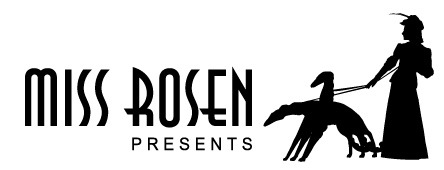

In the mid-1960s, Max’s Kansas City became the mecca of New York’s avant-garde, attracting a mix of artists, writers, musicians, and underground stars who made the famed backroom into the ultimate nightlife destination.
.
By the 1970s, Max’s began hosting performances for glam rock and punk icons, setting the tone for a new breed of nightclub culture that brought together the worlds of art, music, fashion, literature, and film into a carnivalesque environment.
.
Before the advent of the internet, promoters spread the word by creating innovative flyers to advertise their one-night-only affairs. These eye-catching pieces of ephemera became an integral part of the event, with denizens eager to get on the mailing lists and have an instant “in” to that night’s coolest scene.
.
Artists like Antonio Lopez, Keith Haring, David LaChapelle, and Jenny Holzer would collaborate on these flyer designs. Produced and distributed en masse, they have become a record of New York’s downtown scene. Once given away free of charge, they are now valued as works of art.
.
.


